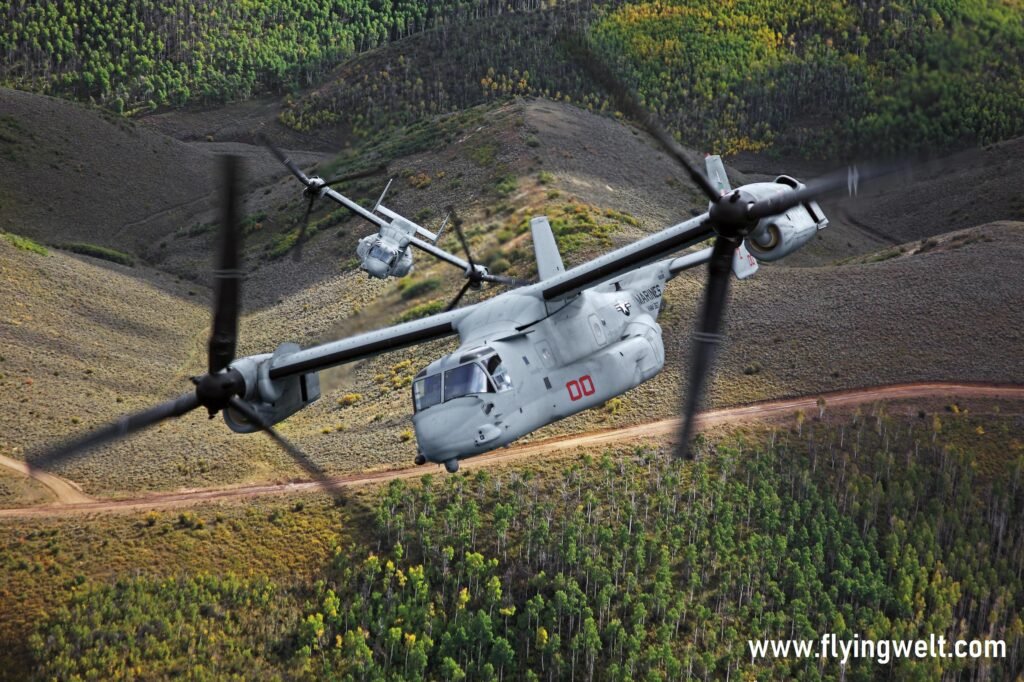The Bell Boeing V-22 Osprey is a unique aircraft that combines the vertical takeoff and landing capabilities of a helicopter with the speed and range of a fixed-wing airplane. The Osprey V 22 was developed jointly by Bell Helicopter and Boeing.
In its 34 years of service, over 475 V-22s have been ordered to complete combat and humanitarian missions worldwide. The Bell Boeing V-22 Osprey is the world’s first successful military tiltrotor to take to the air and the largest active production line for tiltrotors.
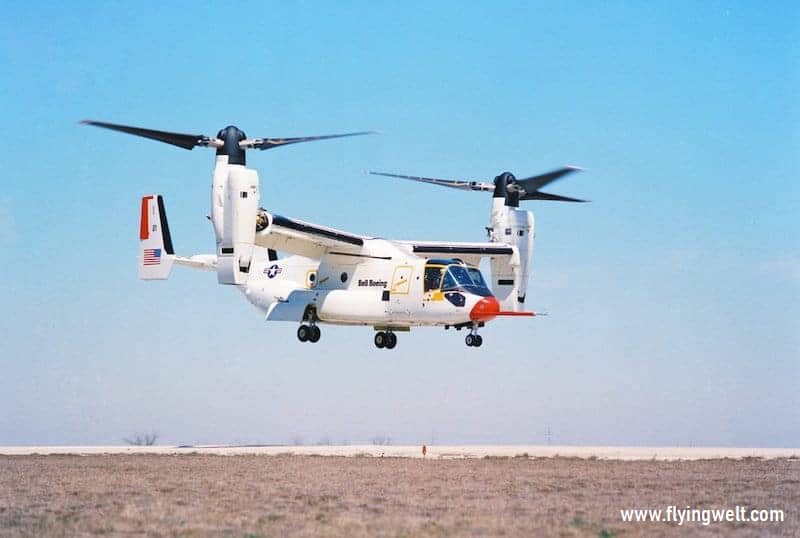
The V-22 Osprey is a tiltrotor aircraft, which means that it can take off and land vertically like a helicopter, but can also rotate its engine nacelles forward to fly horizontally like a fixed-wing airplane. This unique design allows the V-22 Osprey to take off and land from a wide variety of locations, including small ships, remote landing zones, and urban environments. It also allows the V-22 Osprey to fly faster and farther than traditional helicopters, with a top speed of over 300 knots and a range of over 1,000 nautical miles.
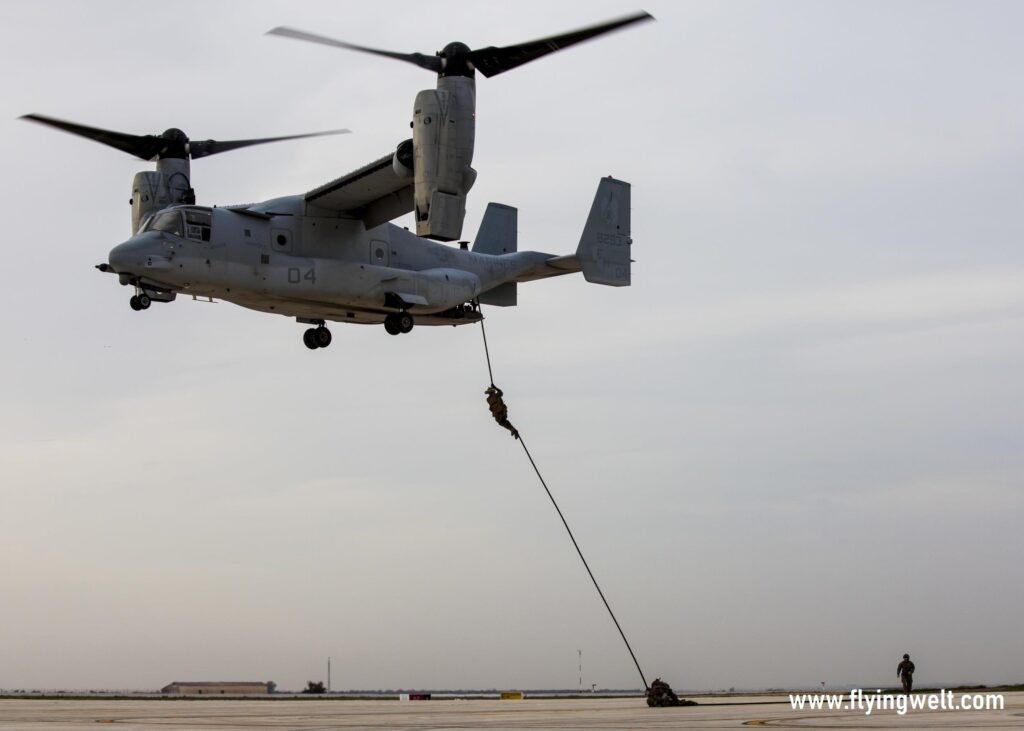
Up to 24 personnel can sit inside the tiltrotor aircraft. With aerial refueling capability using high-speed drogues, the V-22 allows continuous flight for several hours or more. The V-22 travels nearly twice as fast as most average helicopters.
Rolls-Royce Liberty AE1107C engine
The xV-22 Osprey is powered by two Rolls-Royce Liberty AE1107C engine which produces 7,000 shp power. The AE 1107C two-shaft axial design consists of a 14-stage compressor followed by an effusion-cooled annular combustor, a two-stage gas generator turbinex and two-stage power turbine.
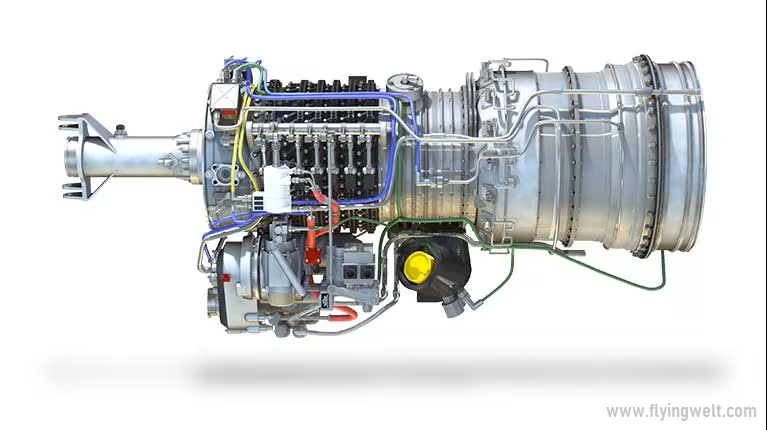
The engine features six stages of variable compressor vanes, dual FADECs, and a self-contained oil system that enables vertical operation. The engine features modular construction and maintenance is ‘on-condition’.
Misson ready
The V-22 Osprey is used by a wide range of military forces for a variety of missions. Its ability to operate in austere environments and rapidly transport personnel and equipment has made it a critical asset for special operations forces, including the US Navy SEALs and Army Rangers. The V-22 Osprey has also been used for humanitarian aid missions, disaster relief operations, and search and rescue missions.
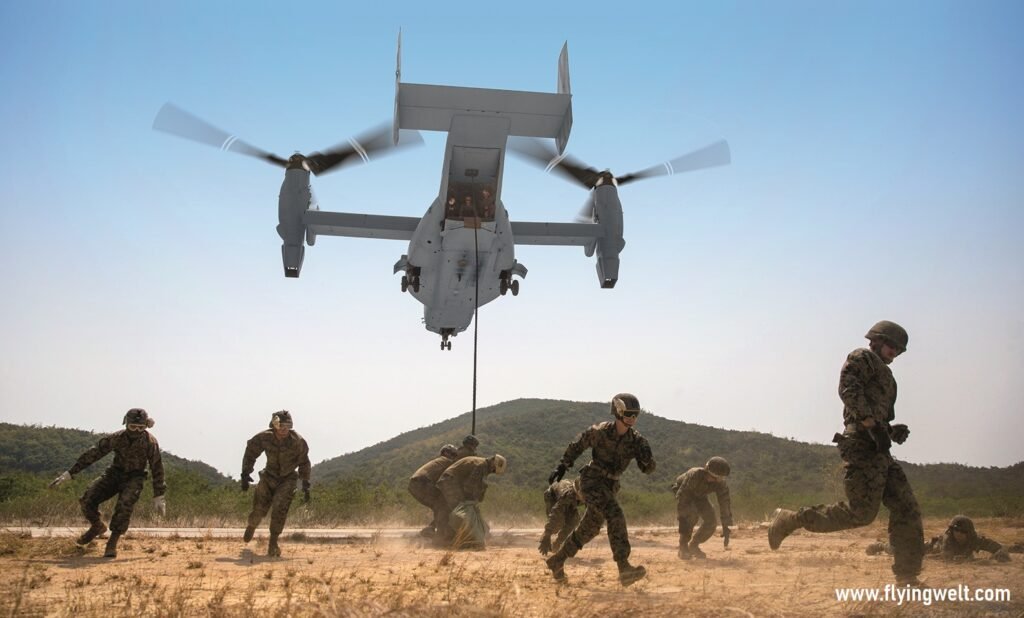
One of the key advantages of the V-22 Osprey is its ability to quickly and safely transport personnel and equipment into and out of hostile environments. The aircraft’s speed and range allow it to rapidly insert and extract forces, reducing the time that personnel are exposed to enemy fire. The V-22 Osprey can also carry a wide range of equipment, including vehicles, artillery, and medical supplies, making it a versatile asset for a variety of missions.
Coupled with a rotating wing and rotors that fold horizontally, the V-22 can be stored aboard an aircraft carrier or assault ship – allowing the tiltrotor aircraft to be transported to complete missions worldwide
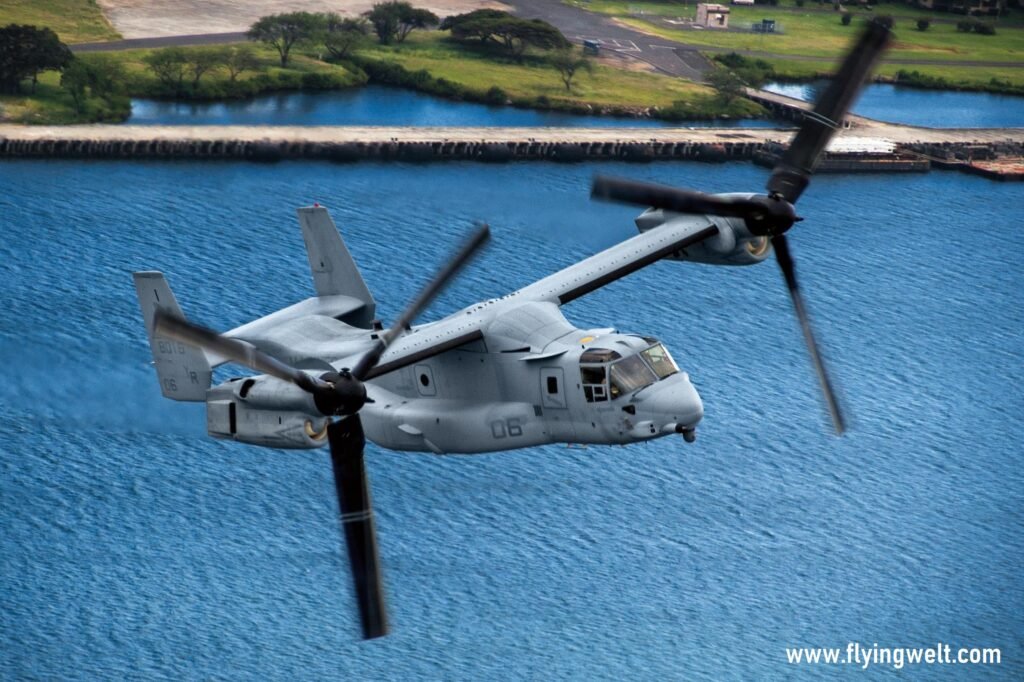
The V-22 is equipped with complete runway independence technologies, allowing it to take off and land wherever it’s needed the most.
The V-22 Osprey has seen extensive combat use in Iraq and Afghanistan, where it has been used for a variety of missions, including troop transport, combat search and rescue, and logistics support. The aircraft has been praised by military leaders for its ability to quickly respond to changing mission requirements and its effectiveness in combat operations. Starting in December 2021, Bell began offering improvement kits for the V-22’s two nacelles to maintain the reliability rate and boost mission readiness.
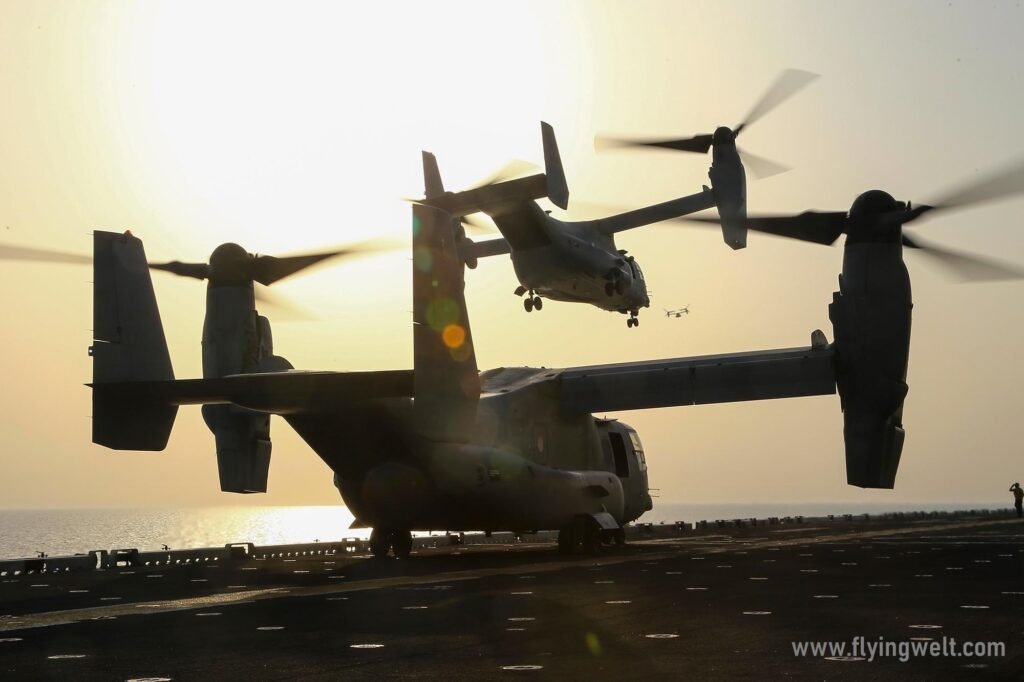
The U.S. Marines, U.S. Air Force, U.S. Navy, and Japan Ground Self Defense Force currently operate their own variants of the V-22 model – MV, CV, CMV, and Japan MV, respectively.
Technical challenges
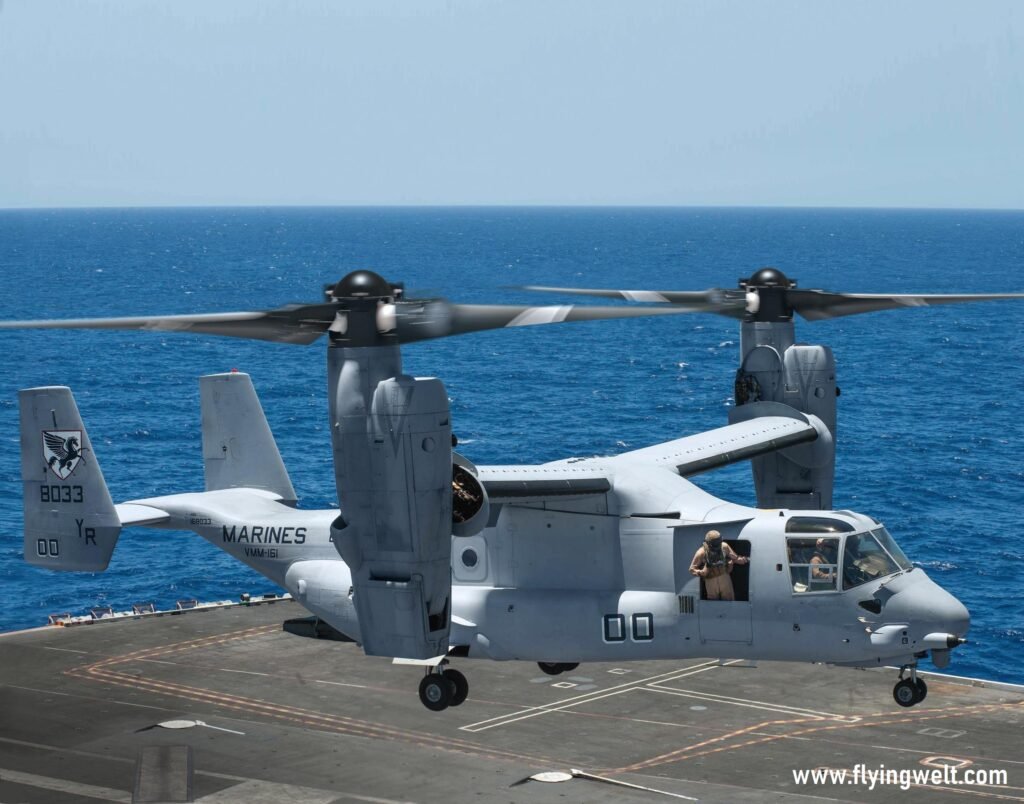
Despite its many advantages, the V-22 Osprey has also faced criticism and controversy. The aircraft’s development was marked by cost overruns and technical challenges, and it has been involved in several high-profile accidents, including a crash in 2000 that killed 19 Marines. Critics have also questioned the V-22 Osprey’s reliability and safety, and have called for the aircraft to be replaced by more traditional helicopters.
CV-22 nacelle improvement program
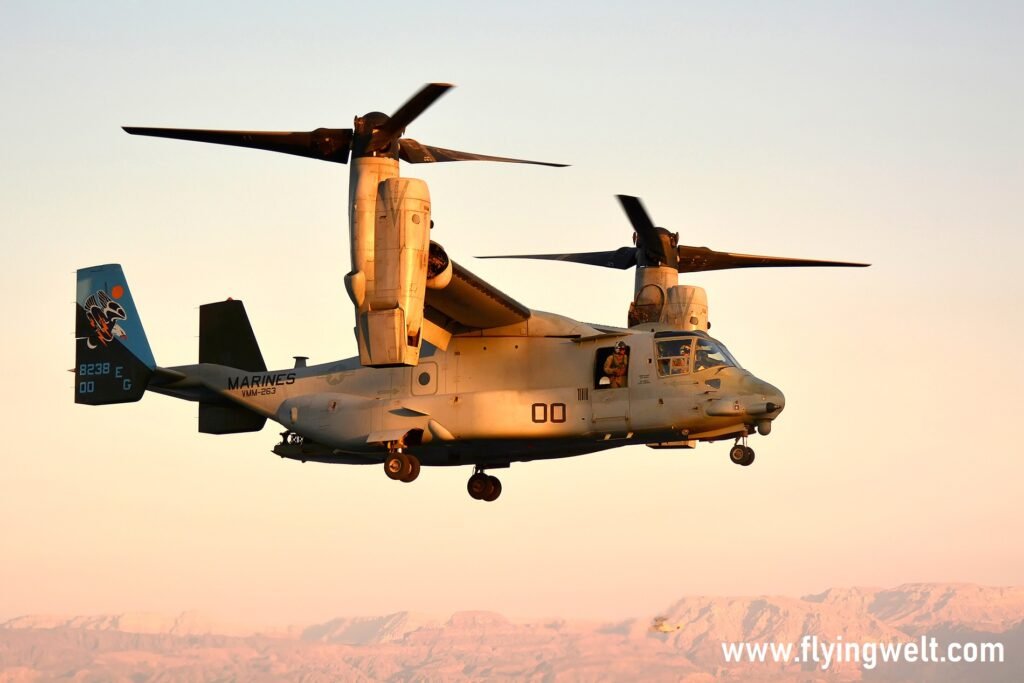
The CV-22 nacelle improvement program recently surpassed 1,000 flight hours – strengthening endurance for its full range of military operations. The V-22 Osprey is equipped with modern fly-by-wire controls, the V-22’s high-tech equipment allows for less pilot workload and more situational awareness.
Surpassed more than 700,000 flight hours

Despite these challenges, the V-22 Osprey remains a critical asset for the US military and other international forces. Its unique capabilities have revolutionized the field of military aviation, and it has become a key component of the US military’s global response capabilities. At present, the V-22 has surpassed more than 700,000 flight hours. As the military continues to evolve and adapt to changing threats and mission requirements, the V-22 Osprey will likely continue to play a key role in the future of military aviation.
